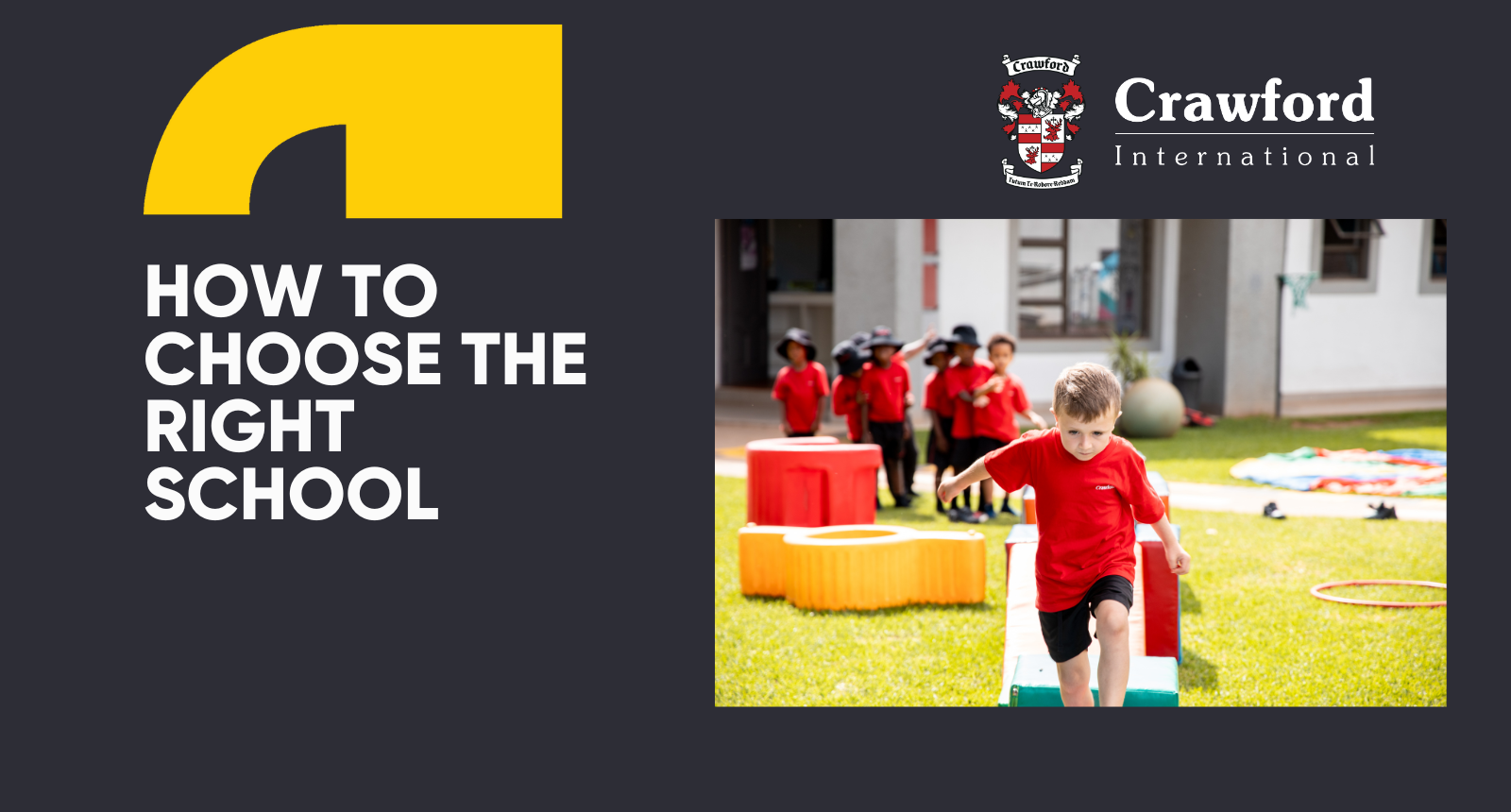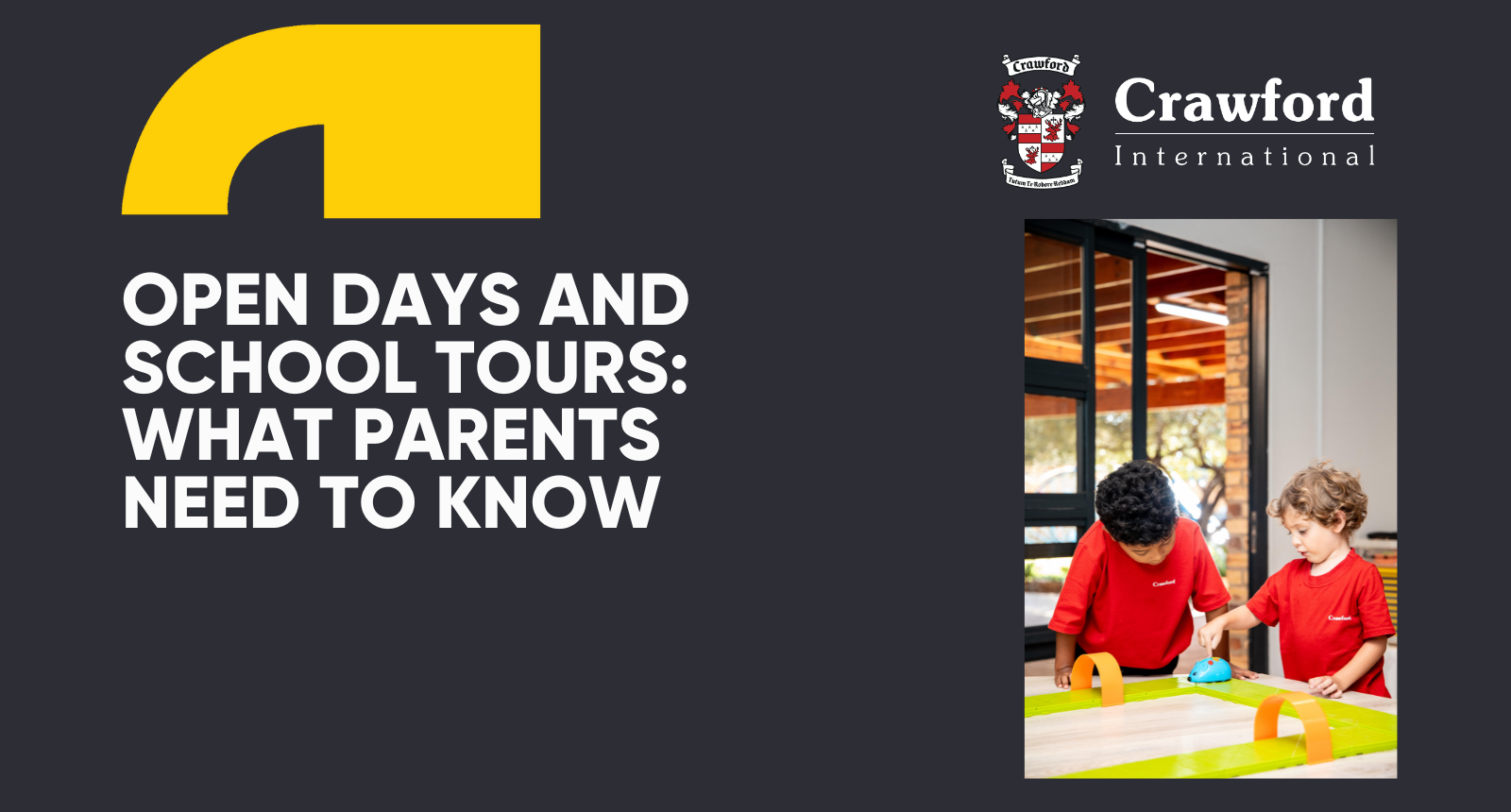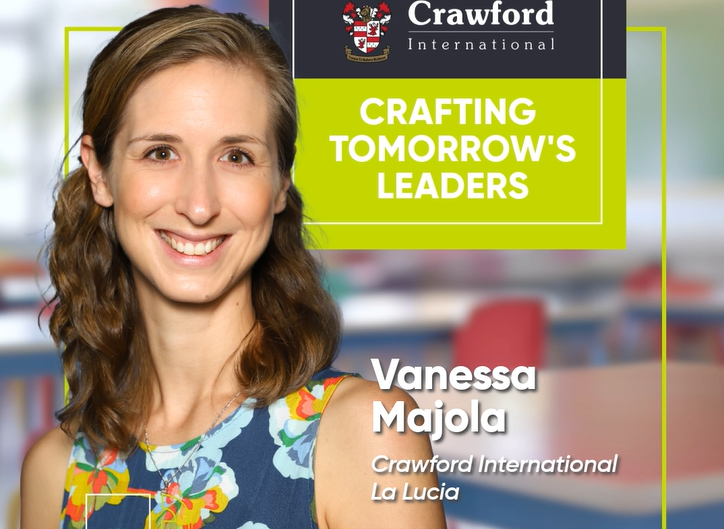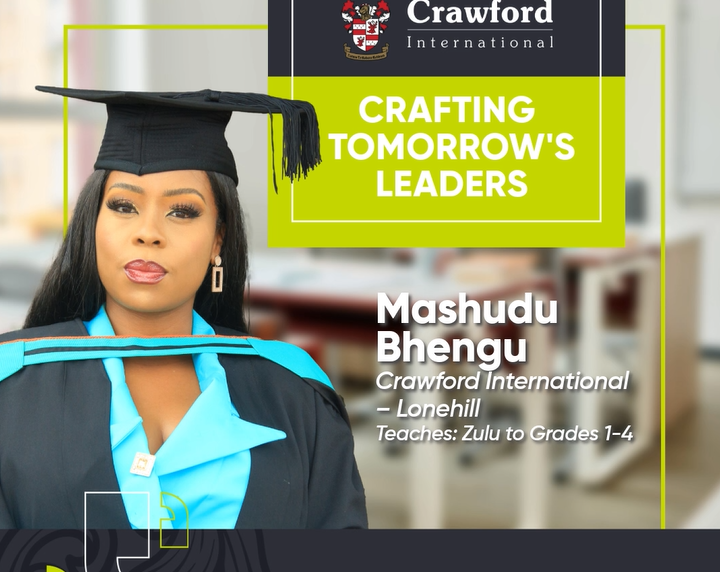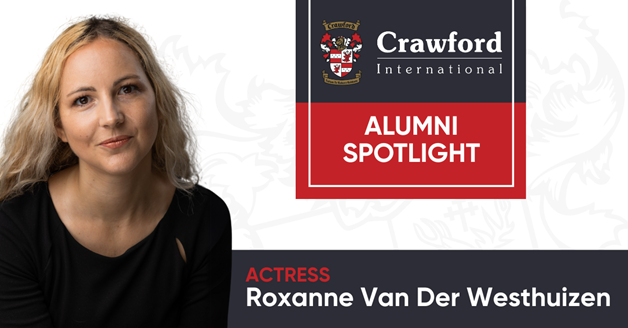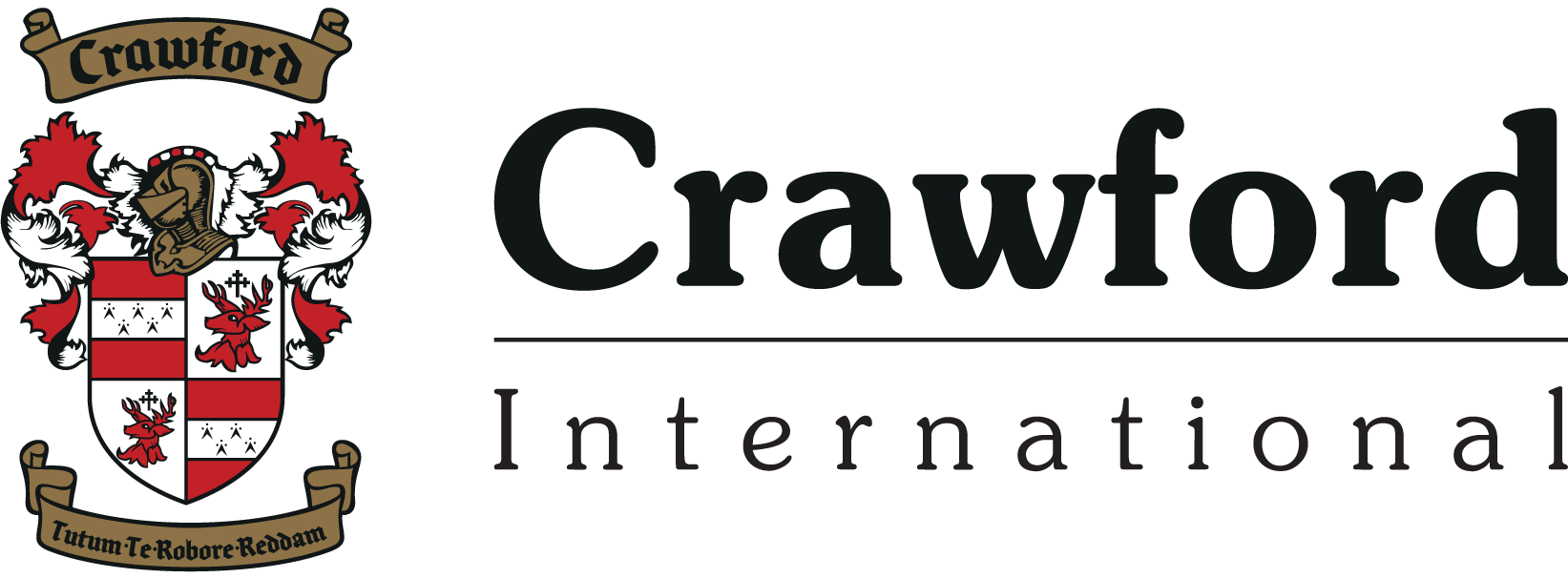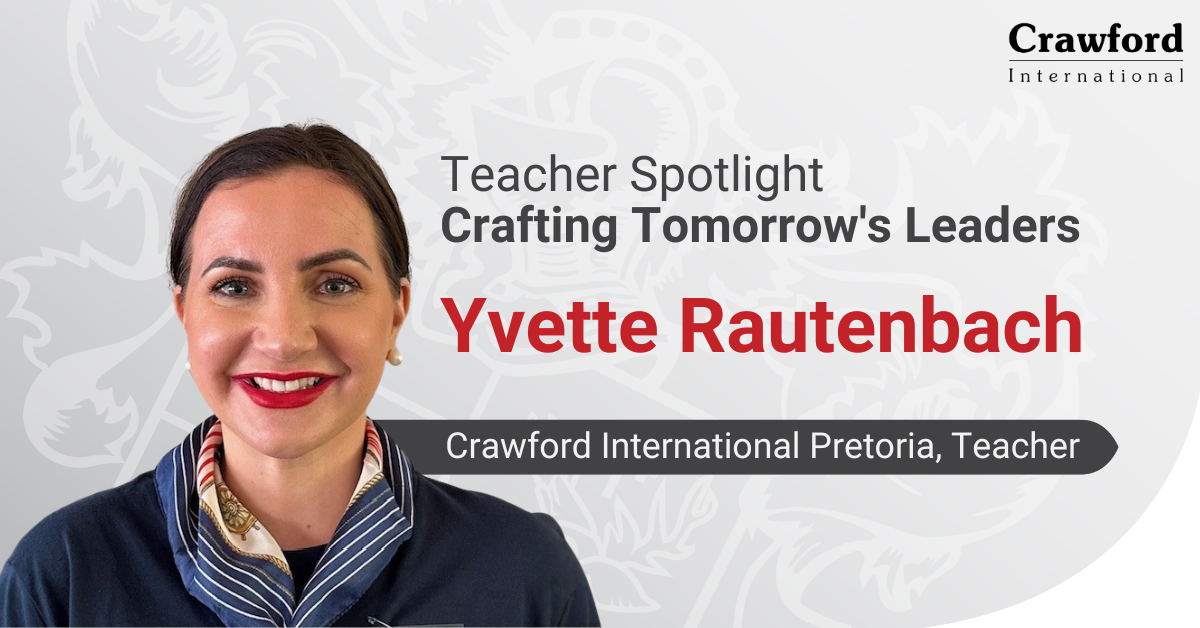Teaching Kids to Be Smart About Social Media
Neo Moshoeu • January 24, 2025
Social media has become an integral part of modern life, offering both opportunities and challenges for young people. While it connects us, inspires creativity, and provides access to valuable information, social media also carries risks, particularly for children and teenagers. Helping kids use social media responsibly is a vital task for parents and guardians in today’s digital age.
What Are the Positives of Social Media?
Social media can play a beneficial role in a child’s development:
- Learning Opportunities: Platforms like YouTube or LinkedIn expose kids to educational content and new skills.
- Creativity and Expression: Social media allows children to share their talents, whether through photography, writing, or video content.
- Connectivity: Kids can maintain friendships and build supportive communities around shared interests.
When used wisely, social media becomes a powerful tool for learning, growth, and personal development. It provides children with access to a wealth of information and resources that can complement their education, from tutorials and online courses to news updates and scientific discoveries (Department of Basic Education, 2023). Platforms like Instagram and TikTok can foster creativity, allowing young users to express themselves through art, music, or storytelling, while platforms such as LinkedIn or online communities can inspire career exploration and goal-setting from an early age (Smith & Johnson, 2022).
Additionally, social media enables cultural exchange by connecting young people from diverse backgrounds, broadening their horizons and fostering empathy and understanding (Doe, 2021). It can also serve as a platform for advocacy and positive change, empowering kids to raise awareness about issues they care about. In essence, when approached with intention and guided by healthy habits, social media can help children not only stay informed but also discover their passions, develop skills, and engage meaningfully with the world around them.
What Are the Negatives of Social Media?
Despite the positives, there are potential risks parents should be aware of:
- Exposure to Inappropriate Content
- Cyberbullying
- Addictive Behaviour.
- Privacy Risks
The Rise of WhatsApp Channels
A growing concern for parents is the use of WhatsApp Channels, a feature rolled out by the messaging platform that allows users to follow public or private broadcasts without two-way communication. While originally designed for organisations or creators to share updates, children are increasingly joining these channels some of which distribute inappropriate, graphic or misleading content.
What makes Channels particularly tricky is that they’re not as easily visible to parents as standard WhatsApp chats. There’s no direct alert or notification when a child joins a channel, and the content doesn’t always show up in the main chat list.
What Can Parents Do to Help Make Their Kids Smarter About Using Social Media?
Parents play a critical role in helping kids navigate the online world safely. Here are a few practical steps:
- Open Communication: Talk regularly about the positives and pitfalls of social media.
- Lead by Example: Show responsible social media use yourself to set a good precedent.
- Educate About Privacy: Teach kids to avoid sharing personal details and to use privacy settings effectively.
- Monitor Usage: Use parental controls and keep an eye on their online activities without breaching trust.
Develop a Household Plan for Social Media Use
A family social media plan can establish clear expectations and boundaries:
- Set Age-Appropriate Rules: Decide when kids can join specific platforms.
- Time Limits: Establish daily screen-time limits to encourage a healthy balance of activities.
- Content Rules: Define what is acceptable to share online and what should remain private.
- Regular Check-ins: Have weekly conversations to discuss online experiences and any challenges they face.
10 Rules for Using Social Media Responsibly
Finally, here are 10 practical rules for children and teens to follow:
- Always think before you post.
- Respect others’ opinions, even when you disagree.
- Avoid sharing personal information like your address or school.
- Be cautious of strangers online.
- Report and block inappropriate content.
- Set strong passwords and never share them.
- Limit screen time to avoid overuse.
- Verify news and information to avoid spreading misinformation.
- Maintain a balance between online and offline friendships.
- Always communicate with a parent if something feels unsafe.
Social media can be a powerful tool for connection and learning when used responsibly. By fostering open dialogue, setting clear boundaries, and guiding children toward safe practices, parents can ensure their kids become smart, savvy social media users.
